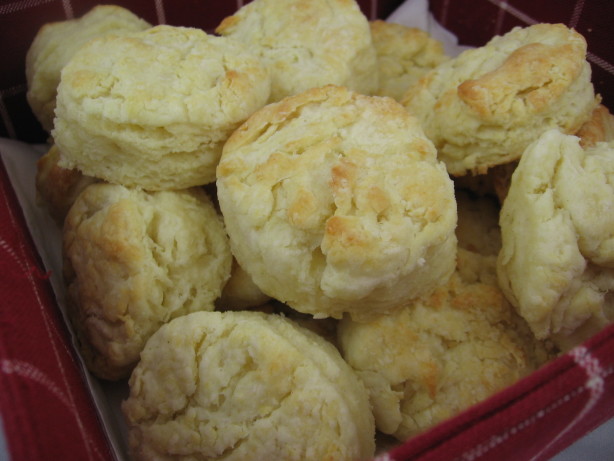I wanted to share a few things that I learned from making these a couple of times now:
- do not skip on the coconut extract. I made the first batch without any and they were good, but they didn't have that big, coconutty 'umph' that I was hoping for. Using an extract is where it's at!
- follow the instructions on melting chocolate closely and do not be tempted to "thin" the chocolate to make it easier to coat. I thought that if I added a splash of cream to the chocolate that it would just make it a little thinner, but nope - it created a giant ball of squishy goo.
- keeping your mounds bars in the fridge will make the chocolate dry and crack a lot faster. I wouldn't recommend it
- one similar recipe that I saw made 'almond joys' by rolling the filling into a parchment paper log to facilitate the forming stage. I didn't try this personally, but the author ended up with nicely shaped little bars... just at thought!
- I'll warn you that the chocolate dipping stage is a bit of a pain and you'll be silently cursing that they don't look "perfect", but just do your best! There isn't much getting around having them look "homemade", but your friends will love you all the more for them. You may need to re-warm your chocolate a few times along the way.

Bon appétit!
Ingredients:
15 oz milk cooking chocolate (I used 2 packages of milk chocolate chips)
3 cups flaked sweetened coconut
1 cup sweetened condensed milk
3 tsp. coconut extract (or, to taste)
* parchment paper
Directions:
1. In a medium bowl, mix coconut, sweetened condensed milk and coconut extract to make a thick and sticky paste.
2. Using your hands, form some rectangles with the paste. Press firmly to make sure the rectangles will keep their shape. Every 3 or 4 rectangles, wash your hands and do not dry them completely. That way, the paste won't stick on your hands.
3. Arrange on a baking sheet lined with parchment paper and put in the freezer for about 20 minutes. This will make the candy easier to dip in chocolate. Don't skip this part or it'll be a mess!
4. In the meantime, put 2/3 of your chocolate it in a microwave safe bowl. Microwave on medium power for 30 seconds, stir, then repeat in 15 seconds interval until the chocolate has melted.
5. Add 1/3 remaining chocolate and keep stirring until it is fully melted. It's called tempering chocolate. It will allow the chocolate to have a glossy texture and to set correctly.
6. It's time for dipping now! Remove rectangles from the freezer 2 at a time and leave the rest in the freezer to stay firm. Using two forks, dip one rectangle in melted chocolate and roll it to cover all sides. Using one fork, remove rectangle from chocolate. With the other fork, remove excess chocolate and arrange your bounty on a parchment paper lined baking sheet.
6. It's time for dipping now! Remove rectangles from the freezer 2 at a time and leave the rest in the freezer to stay firm. Using two forks, dip one rectangle in melted chocolate and roll it to cover all sides. Using one fork, remove rectangle from chocolate. With the other fork, remove excess chocolate and arrange your bounty on a parchment paper lined baking sheet.
7. I finished mine off by drizzling some chocolate over top. Add some leftover chocolate to a small ziplock bag and cut a TINY little hole in the corner. Pipe your chocolate and let set for a couple of hours. Enjoy!








